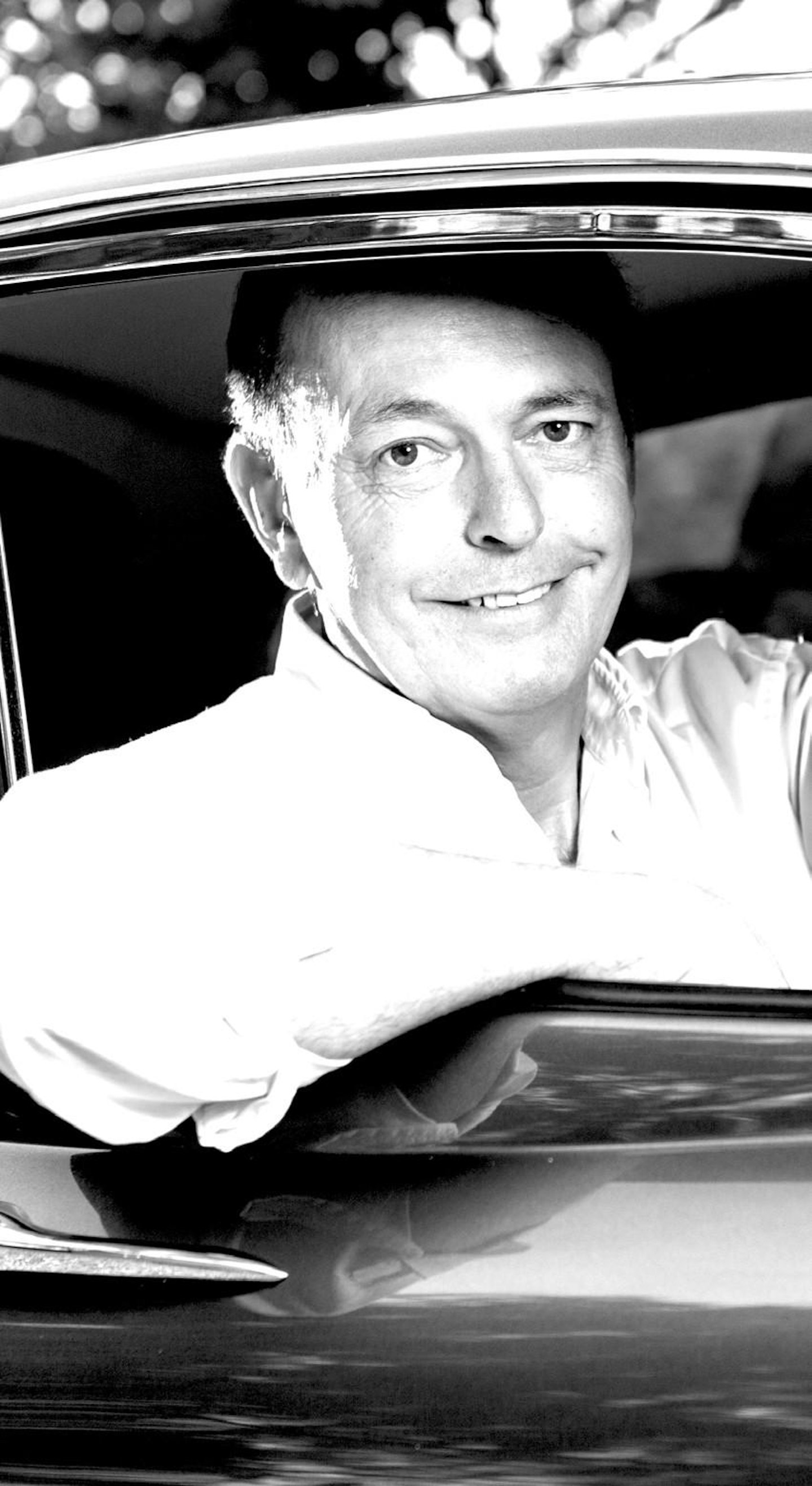[THE INSIDERS]
A generation of enthusiasts felt driven to save old cars, leaving a legacy of beautifully rejuvenated classics at a fraction of their restoration cost

How did we baby boomers do it? Restore and improve so many classics? When the history of the old car movement is written, the Seventies to the early 2000s should be called the Golden Age of Restoration.
Decades when an army of boomer enthusiasts singlehandedly saved a generation of special cars from the cutting torch.
We instinctively understood that the old motors we grew up with were worth saving. We bought them in their thousands and tinkered away in lockups or home garages, restoring them ourselves. Later when specialist garages appeared we paid experts to bring our indisposed icons back to life. And much like now, we knew we’d never get our money back – but that never bothered us. We restored because we loved.
In the late Eighties and Nineties, speculators moved in, prices went up, the boom then turned into a bust and prices crashed. But we boomers kept our focus and carried on restoring. Like emergency room surgeons we would bring one classic back to life, then do it again with another, and again, and again. And it became compulsive. In my time I’ve restored seven classics – all of them back to bare metal. One took eight years, another three, and none were easy. I never understood exactly why I felt compelled to do this – it just seemed the right thing to do. An impulse to save, preserve, improve, recycle. These are wholesome impulses from a generation brought up by post-war austerity parents who forced us to eat our greens.
Specialists sprouted like dandelions after rain, prices crept up again but restoration gradually became easier and higher quality. Through the late Nineties and early 2000s, billions flowed into car restoration. Businesses boomed, funded by obsessive owners travelling a pilgrimage to perfection.
When I leaf through the carefully curated history files of some hightab classics I see the tens, sometimes hundreds of thousands, lavished on restos, improvements and maintenance.
The amounts spent are sobering and often add up to much more money than the car’s market value. These owners weren’t looking to make a quick profit. They spent so much because they cared so much. Temporary custodians of rare and special icons who knew they were just passing through and had a duty to preserve for the next generation. In the 2000s, we learnt to respect originality and how to reinstate it. Standards of detailing reached new heights with a forensic level of attention paid to paints, materials, decals and tools, because we wanted our classics to feel like new.
Our hobby – and the wider industry – now owes a massive debt to the baby boomers. Without their desire, devotion, determination – and their bundles of cash – we wouldn’t have the shimmering world of shiny old cars that we do now. For Millennials and Gen Z, the hard work has been done. Most of the best classics have been restored. All they have to do is keep them in the manner to which they’ve become accustomed. Cherish, maintain and enhance. As many boomers start to hang up their torque wrenches (and cheque books), the role of the next generation is to keep the passion alive.
And here’s an important message we need to help us supercharge that passion. Our vehicles – so beautifully and expensively restored by a generation of devoted enthusiasts – are now unbelievably good value for money. This is the best time to buy a meticulously restored classic, one that has been lovingly cherished over the decades by those charming old blokes who really cared about their cars.

Subscribe to Classic Cars today. Choose a Print+ Subscription and you'll get instant digital access and so much more. PLUS FREE UK delivery. Get 6 issues for just £19.99 with our festive offer!
